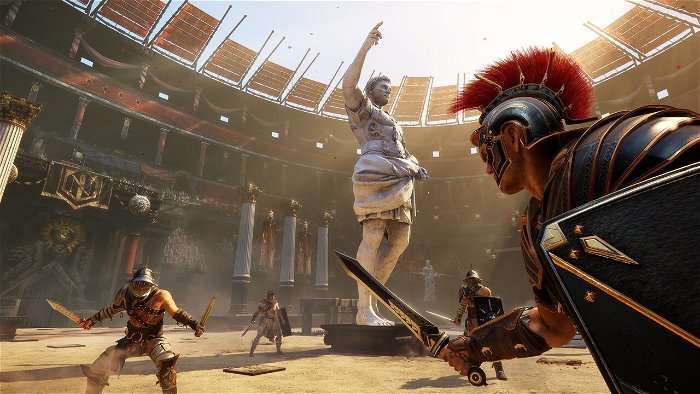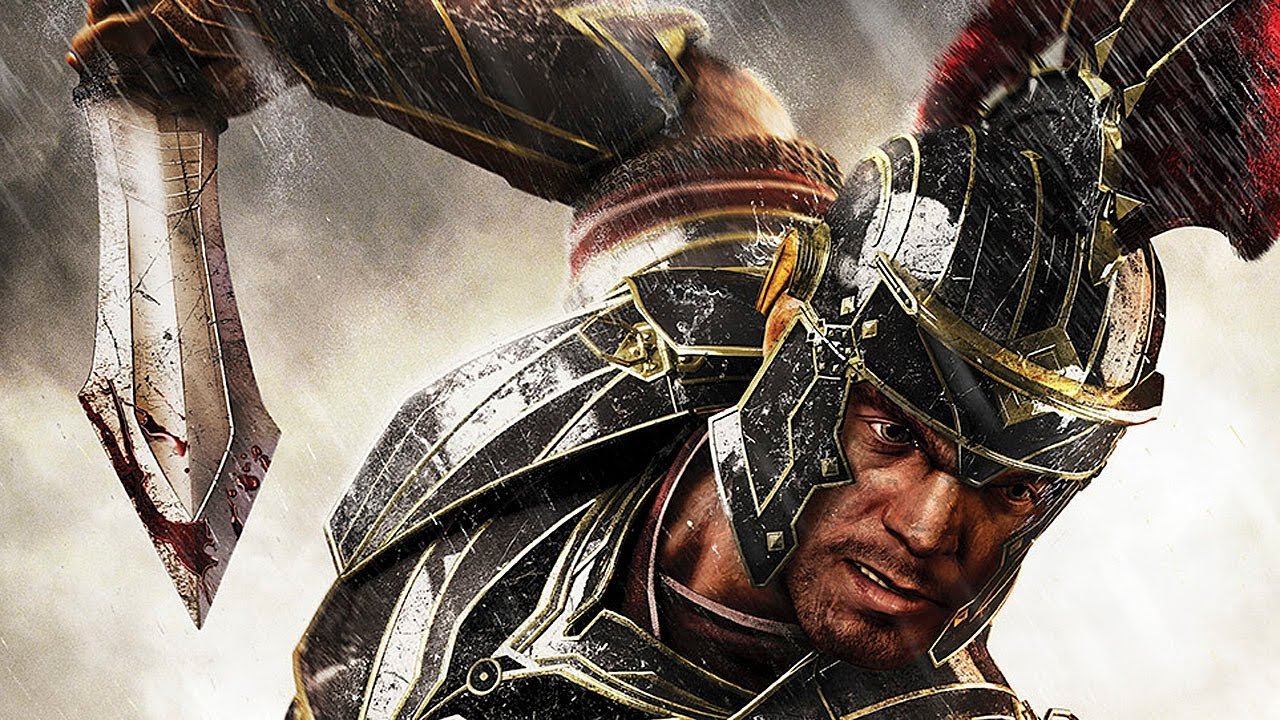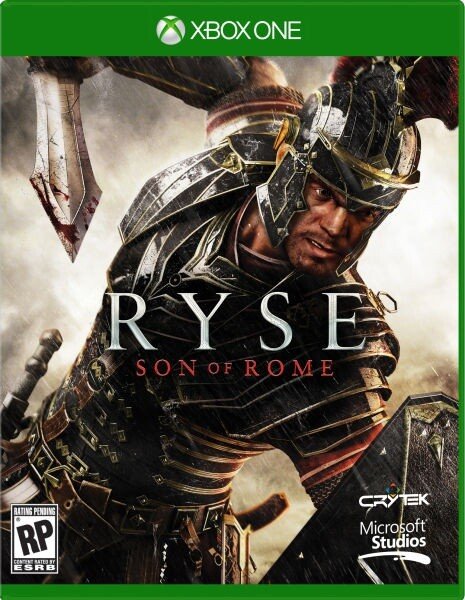For those of you who read the review score first, you can probably guess what’s going to come, but hear me out. It’s important to know why this game isn’t worth rushing out to get, and why it’s disappointing.
I understand that the Crytek engine is an important selling point for this game. And yes, the graphics are beautiful – the city of Rome in various states, the island of Britannia ranging from the southern forests to the northern nightmarish woods (lots of trees apparently) all look amazing. But this is not, nor ever should be, enough to excuse poor gameplay, short campaigns, or distractingly bad writing. I’m not going to talk about the graphics anymore, because it’s an objectively secondary thing to any game, especially one reliant on action.
For action-adventure games, the plot can afford to be minimal. The bar isn’t exactly set high, and because it’s heavily based on action, you don’t gain as much by having a detailed, immersive narrative that’s drowned out under all the gladiatorial combos.
This game’s plot, however, should be particularly noted for a disruptive and inconsistent story that actually distracted me from the gameplay sections. The story of a Roman legionnaire fighting for his empire during the reign of Nero would have been a fine vehicle to keep the action going. But the addition of a poorly-portrayed supernatural element that outright distracts and undermines any emotional and character motivation with a literal deus ex machina (a multiple irony, as the original origin of the term WAS literal, and has since become figurative by the fact that gods aren’t generally present in modern literature). Is this a story of loyalty and responsibility either upheld or neglected, or a story of divine intervention? It clearly doesn’t work as both. The gods are never explained, and the characters themselves have any emotional gravity drained by the quick scene-changes and limited establishing time. You see protagonist Marius’ family all of five minutes before they die and you’re supposed to feel sad. The game has a few historical figures, like Nero and Boudicca, though with significant creative license and no real narrative weight to them, existing only to serve as antagonists.

The combat, the core of the game, is what’s truly important for a game like this, far more than the pretty vistas or narrative. And it had a strong potential at its core – it resembles the Arkham Asylum series in terms of fighting multiple opponents, albeit with less mobility. However, what it fails to do is carry through with the dynamic battle system, thanks to the auxiliary elements. The ‘commander’ elements, where you lead troops amount to holding a button to get some arrows, picking between two options of what hazards you’ll face, and moving in a straight line while blocking attacks. The main combat system is saddled with a quick-time-event kill system where failure means nothing – messing up the prompts simply nets you less of whatever reward you’ve set for combos (health and focus being the only useful ones – XP is plentiful and plateaus quickly, damage bonuses pale in comparison to healing).
It would have been better to have left health and focus upgrades (purchased through XP) to bonuses gained via exploration. The levels as they are extremely linear and claustrophobic, which makes combat confusing even on more open levels and causes some disruptive camera angles. While pretty, they mask a small level of play, which is unfortunate and detrimental to the gameplay itself.
Furthermore, enemy variation is low, and nothing distracts from it. After the first few levels, you start to get bored of fighting the game guys over and over again. Bosses are just slightly-more-difficult versions of regular enemies, and warrant little extra attention The worst is that final sequence of the game is an extended QTE sequence, which is strangely out of place, as all QTEs have been integrated with gameplay sections. It’s pretty clear you can’t fail this section, so it feels like padding, and the game should have ended 20 minutes earlier. Mixed in with a complete lack of explanation of the supernatural elements, the ending becomes abysmal.
This kind of game is a cautionary tale. It’s only about six hours long, not nearly enough to warrant a full-price purchase – and even then, that time was extended due to several bugs that would prevent a level from loading, requiring a restart. The graphics look nice in a trailer, but the gameplay doesn’t make use of them, leaving you having seen everything early on and failing to wow. Well-designed gameplay and a consistent bare-bones narrative could have saved this. As it stands, it’s a rental title, maybe.





